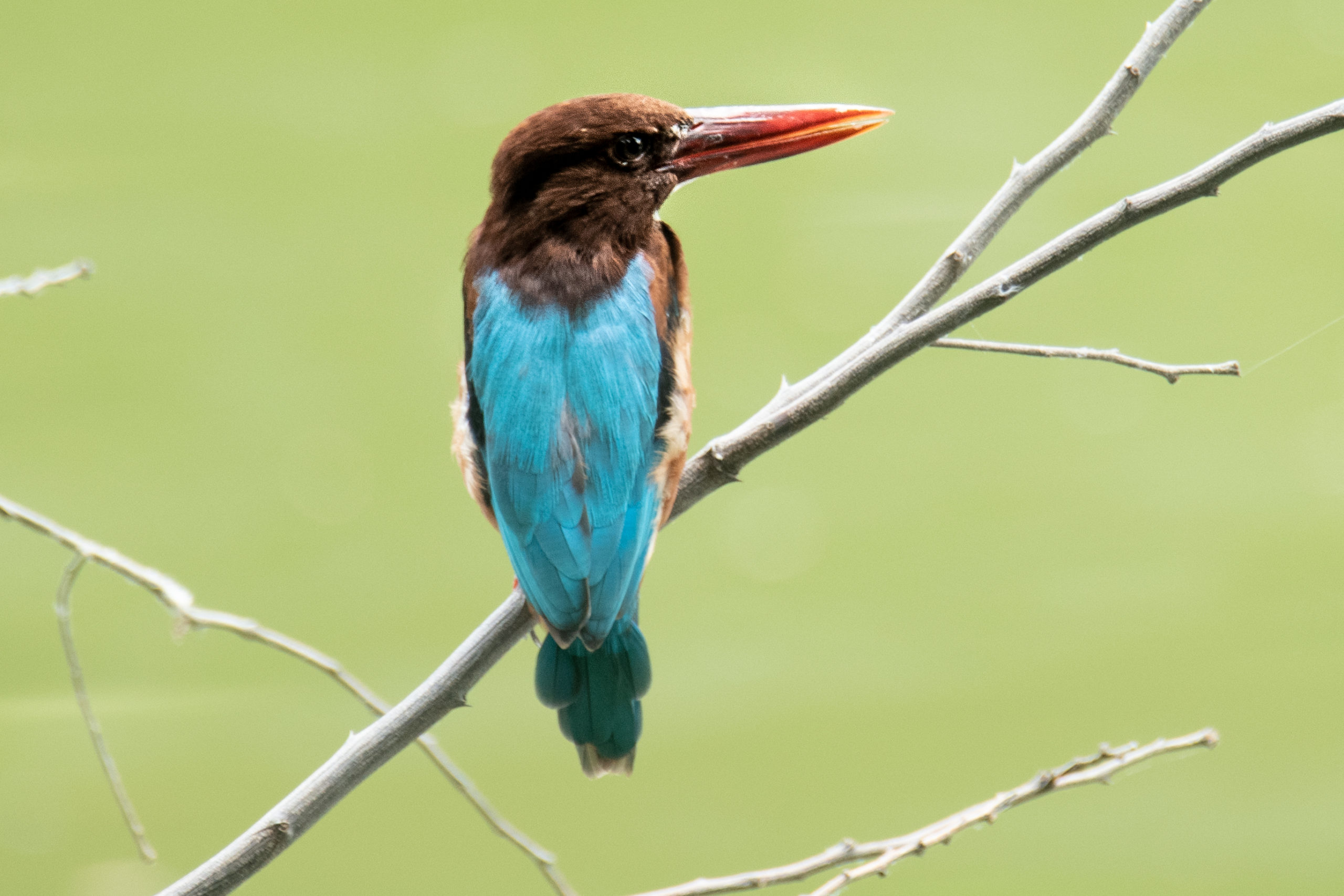
Birds, Bees and Butterflies
Dr. S. Siddharth
It was around nine in the morning, of what was turning out to be a lazy weekend during the lockdown over coronavirus pandemic. I stepped out in my garden to catch some fresh air, and it turned out to be a pleasant surprise in these gloomy times.
Plate No 1: Tiger Butterfly
There were butterflies hovering all around. Not one or two like lonely ones, but dozens of them. Fluttering from one flower to another and flying at erratic trajectories. The dash of colours on their wings seemed like magic.
I stopped in my tracks. When was the last time I had seen so many of these splendid creatures in the middle of a city? Perhaps ages ago, when I was younger, trees were more and pollution was less. Our favorite pastime on way back from school was to chase butterflies in school which came in vibrant colors.
As a wildlife photographer, I get to observe nature and its beauty very closely. These days the fear of coronavirus has compelled a majority of people to stay at home, though I have to attend office regularly as my work is a part of the essential services of the government. I get to travel on empty roads in a pollution free environment, with just a few security personnel here and there. The city bears a deserted look. The sharp drop in pollution levels is allowing the nature to recover.
So it was on April 11, 2020 that I noticed so many butterflies in my garden for the first time. It was an event that could not have been ignored. I retraced my steps, went inside and came back with a camera to welcome them. And the next couple of hours were spent walking softly and aiming at the beautiful creatures gracing my home.
Plate 2 : Copper Smith Barbett
Increase in the number and variety of butterflies indicates a reduction in pollutants in the environment. They have almost become extinct from daily life due to a sharp rise in corrosive pollutants in the atmosphere. Corrosive pollutants in the air reacts with moist oxygen and water to form inorganic and organic acids. When butterflies come into contact with these corrosive acids, micro bio-electrochemical corrosion cells develop and end up killing them.
The increase in butterfly population has restored the food chain in the nature, attracting birds that feed on them. The visits of birds to cities have increased with the availability of their natural food and lesser disturbances at the feeding places.
These days you can hear the constant melodious chirping of birds instead of continuous honking of vehicles. There is nothing to frighten them and you could almost feel their joy as they play and search for prey early in the morning. I have managed to capture some of the rare ones in my camera, which had never visited my home previously.
The increased use of pesticides in gardens, agriculture fields and other places has reduced the number of honey bees. With everyone under lockdown there was nobody to indulge in uncontrolled spraying of these poisonous chemicals. Insecticides in the garden poison the food meant for honeybees. This is one of the main reasons for the reduction of their population, threatening in turn pollination and food production.
Plate 3 : Brahminy starling
While humanity went into lockdown to fight coronavirus, it also gave Mother Nature a chance to revive itself. The nature has also shown the extent of damage that we have managed to inflict upon nature. The Human race is under threat of an invisible virus. It has shown us that even a tiny virus can throw our lives into disarray. It is time to rediscover ourselves and our relationship with mother nature. We need to respect her and understand that we are not the only inhabitants on this earth. It belongs to all species existing on it. We cannot encroach on their spaces and we need to respect each other.
Plate 4 : Honey Bee
(Author is an Indian Administrative Service officer. He can be contacted on drsidarths@gmail.com. Views expressed are personal. The photographs have been taken by the author and the copyright of the photographs remains with him)




